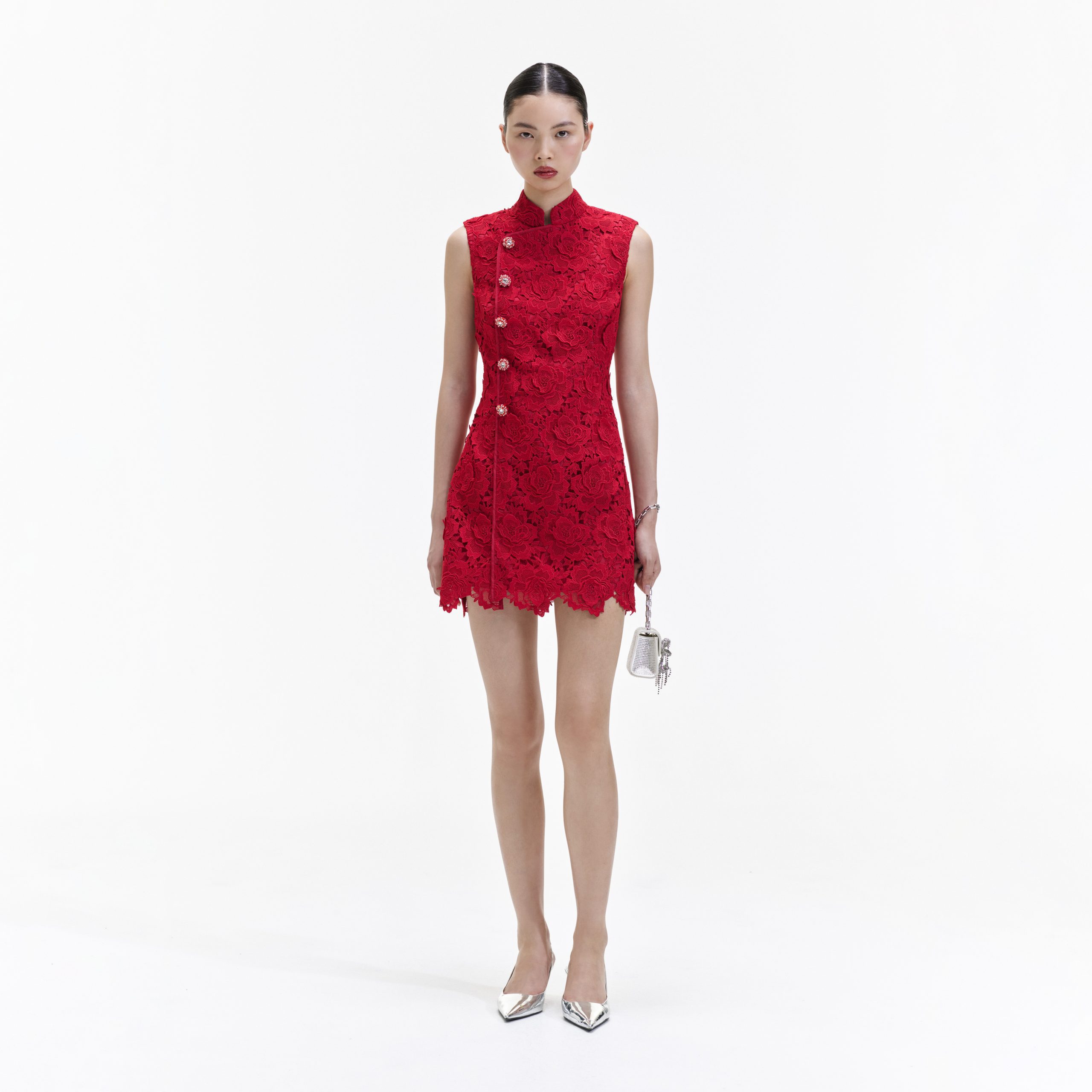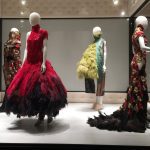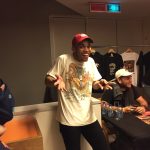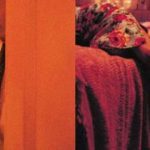As the youngest daughter of Hong Kong immigrants in the Netherlands, I’ve always been intrigued by their Hong Kong, a place I’ve never lived. This nostalgia was enriched by vintage paintings my parents had, adorning the walls of our house above the Chinese-Indonesian restaurant they managed. And, of course, the food added another layer of allure – but that’s a tale for another day. This exploration of my parents’ heritage deepens my engagement with Hong Kong, especially the 1960s, the decade when my parents made the bold move to the Netherlands.
From the early 20th centuray onwards, the appearance of the Cheongsam has morphed with the times, like a true fashion chameleon. The Cheongsam (長衫)— derived from the Cantonese word chèuhngsāam, meaning “long garment”—also known as qipao, is a Chinese dress inspired by the qizhuang, the traditional attire of the Manchu people. This iconic garment is more than just a dress; it embodies cultural appreciation, carries a cultural connection to the past, and symbolises evolution, resilience, and versatility.
Backdrop
The Cheongsam (長衫), or Qipao, takes its name from the Shanghainese term “zansae.” Classic features of this dress include a fitted silhouette with a high collar and two side slits. The asymmetrical closure with pankou buttons is distinctive. These pankou, or frog closures, are traditional knotted buttons that add a unique touch.
A Flashback to the Present
The Cheongsam has undergone a remarkable transformation over the decades. Originating from the traditional qizhuang of the Manchu people during the Qing dynasty (1644 – 1912), this garment evolved from a long, loose robe worn by Manchu women into the iconic form-fitting dress with side slits and a high collar that we recognise today.
This captivating journey through fashion can be divided into five distinct phases: the Manchu style, the Shanghai style, the Republican style, the Hong Kong Shanghai dress era, and the modern style. The Manchu style was defined by long, loose robes with high collars and wide sleeves, occasionally featuring an additional skirt-like layer. Emerging from the Roaring Twenties, the Shanghai style was more fitted and detailed, embellished with beads and lace. The Republican style offered a simpler look, using cotton for a streamlined appearance. In the 1950s and 60s, the Cheongsam underwent a renaissance with the Hong Kong Shanghai dress—a blend of traditional and contemporary influences. The modern style will be explored later in this narrative.
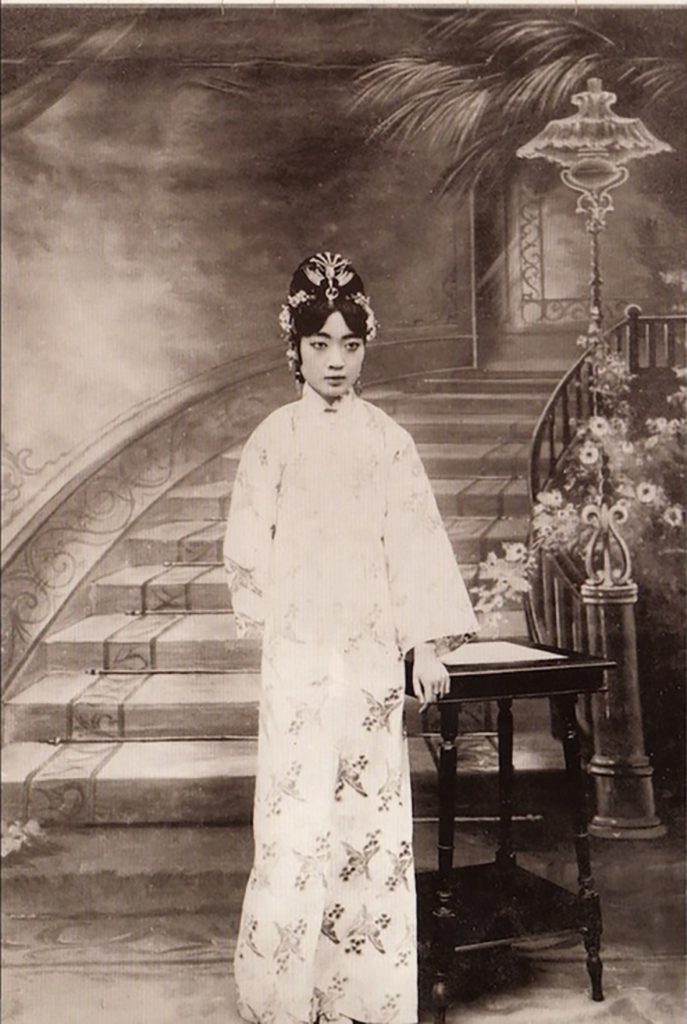
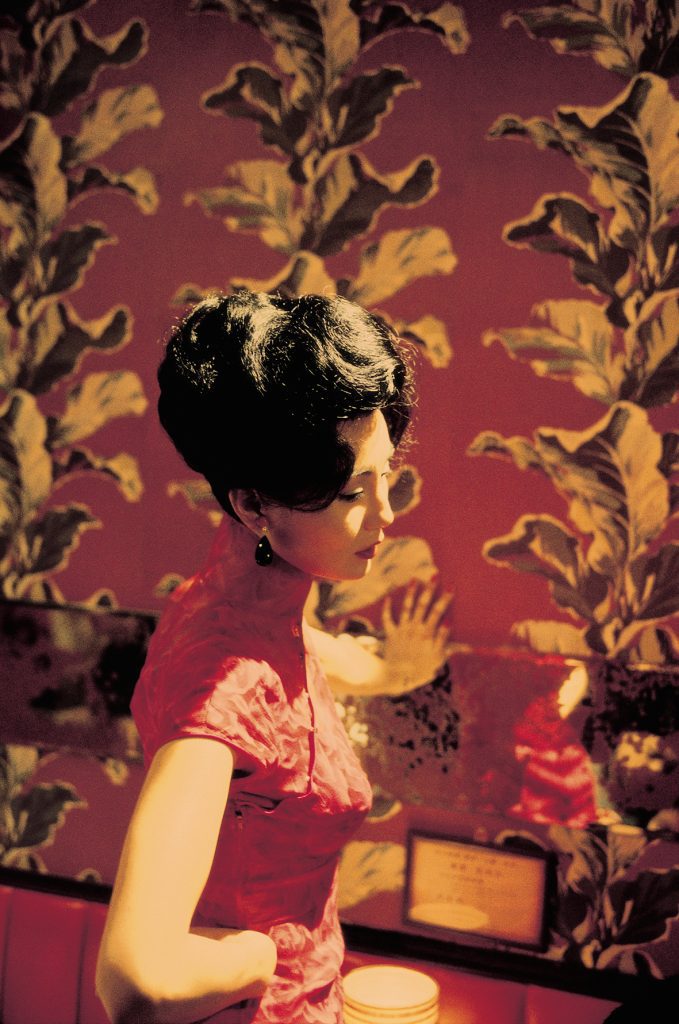
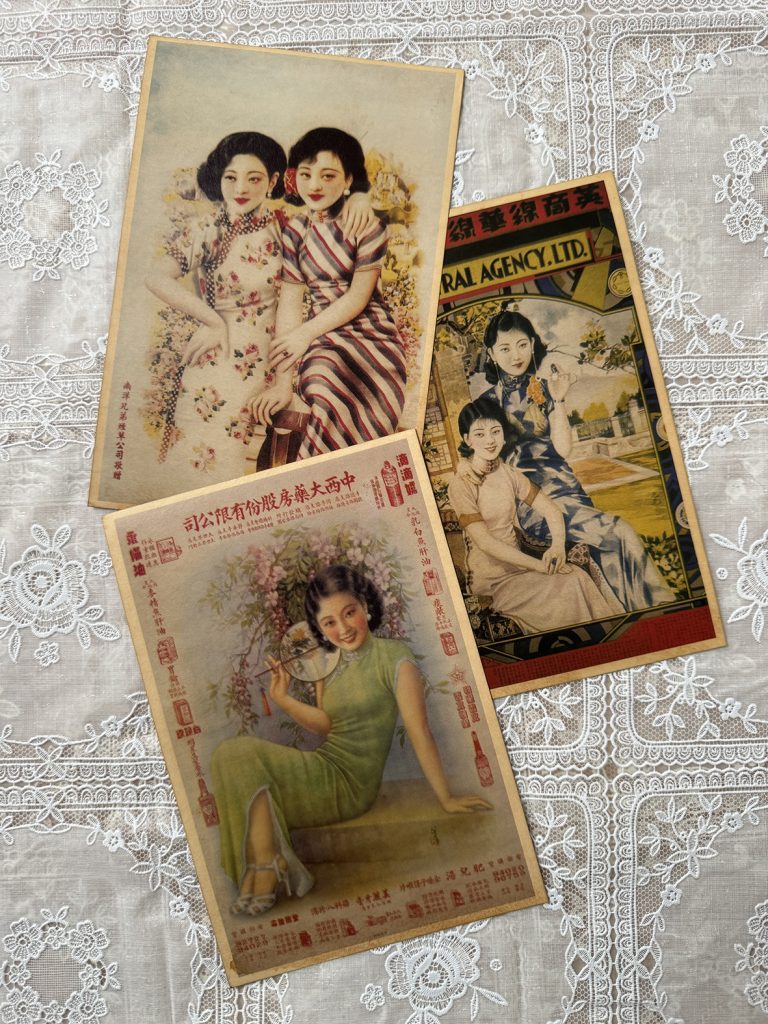
Fashion, film and photgraphy: An Iconic Legacy
This dress represents Chinese grace and stands as a cultural icon. From the stunning fashion This dress embodies Chinese grace and stands as a cultural icon. From the striking fashion illustrations of the 1920s to the memorable looks sported by actress Maggie Cheung in Wong Kar-Wai’s In the Mood for Love (2000), this garment has mesmerised both audiences and designers. Its influence extends to the fashion series by photographer Steven Meisel in Vogue Italia (2001) and Ang Lee’s film Lust, Caution (2007). Moreover, social media has amplified the celebration of fashion heritage, contributing to a growing admiration for this remarkable dress.
In the 1960s, Dutch-Chinese designer Fong Leng made a notable impact, drawing inspiration from the Cheongsam. Her boutique, Studio Fong Leng, created a sensation on Amsterdam’s P.C. Hooftstraat. Her flamboyant muse and style icon, Mathilde Willink-de Doelder, was among many who admired her creations.
The Versatile Cheongsam – From School Uniform to Festive Moments
Over the years, the Cheongsam has taken on various roles in Chinese culture. In Hong Kong, it has even been part of the school uniform. Moreover, this elegant dress is a favourite for special occasions. In addition to the traditional white bridal gown, brides often dazzle in a vibrant red Cheongsam during the tea ceremony. Whether celebrating Chinese New Year or other significant festivals, the Cheongsam consistently ensures a stylish appearance.
A Modern Intercultural Interpretation
With the expansive Asian diaspora and the cultural reappraisal by second and third generations outside Hong Kong and Asia, fashion has become a medium for exploring and expressing heritage. As interest in reinterpreting traditional clothing and cultural heritage grows, the Cheongsam remains a key player in today’s fashion landscape.
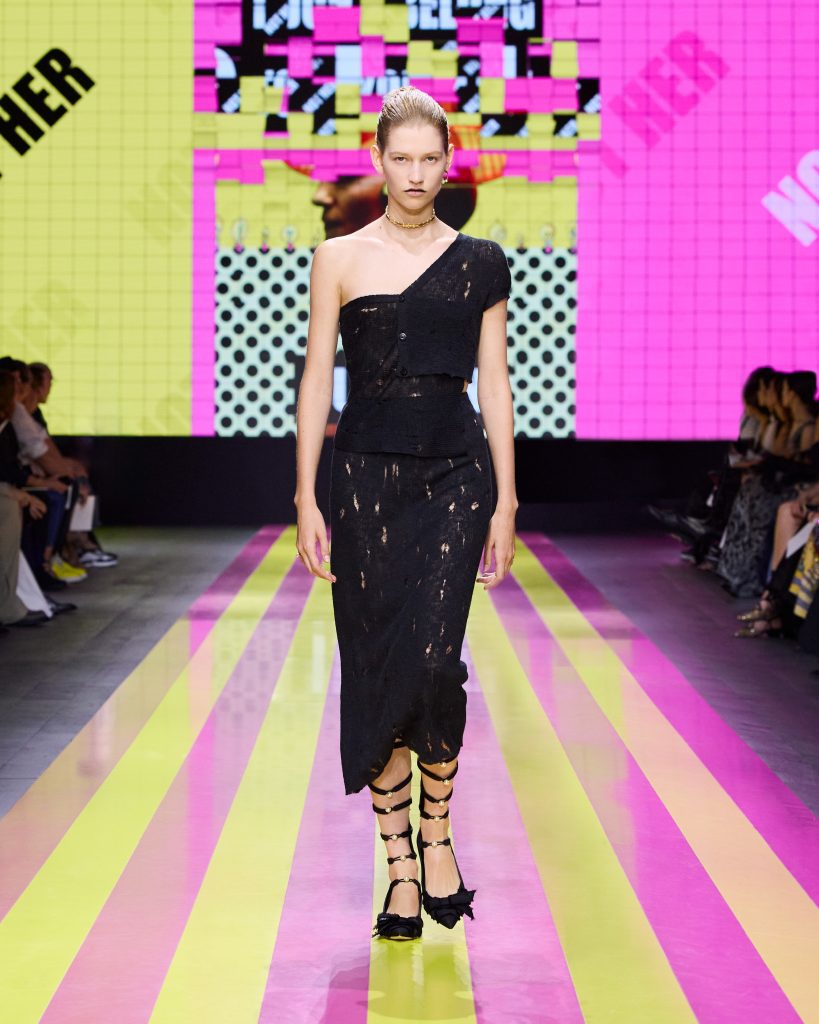

Major fashion houses such as Yves Saint Laurent, Prada, Dries van Noten and Gucci, have paid homage in their collections by incorporating elements of the classic Cheongsam. Creative Director Maria Grazia Chiuri of Christian Dior has also given a modern twist to the iconic dress in Dior’s Summer 2024 collection. This reflects both the creativity of today’s designers and the enduring versatility of the Cheongsam.
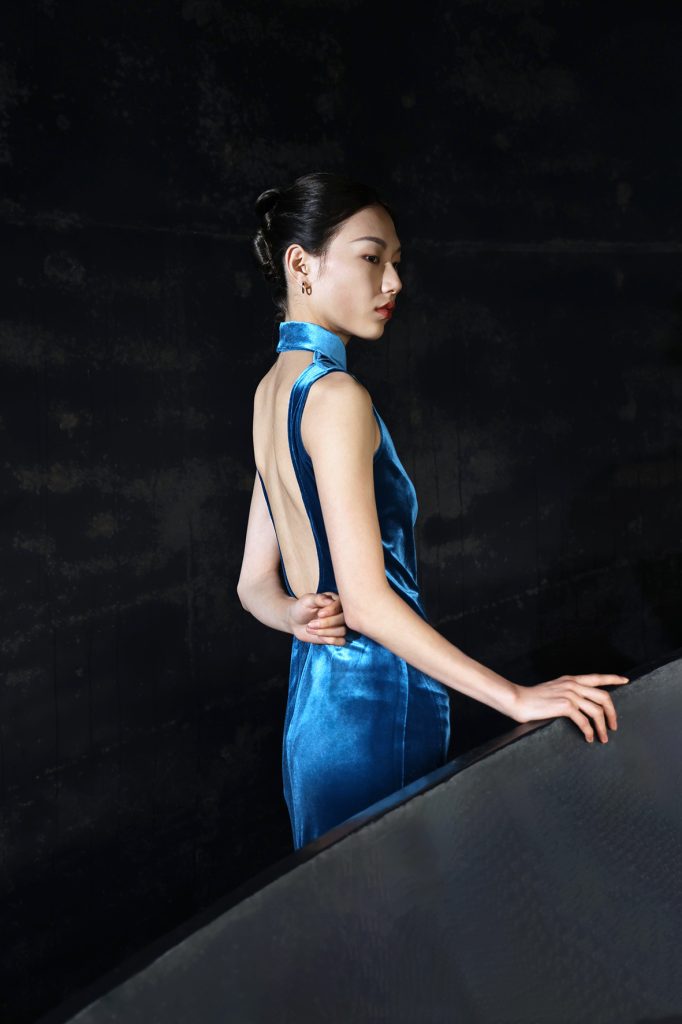
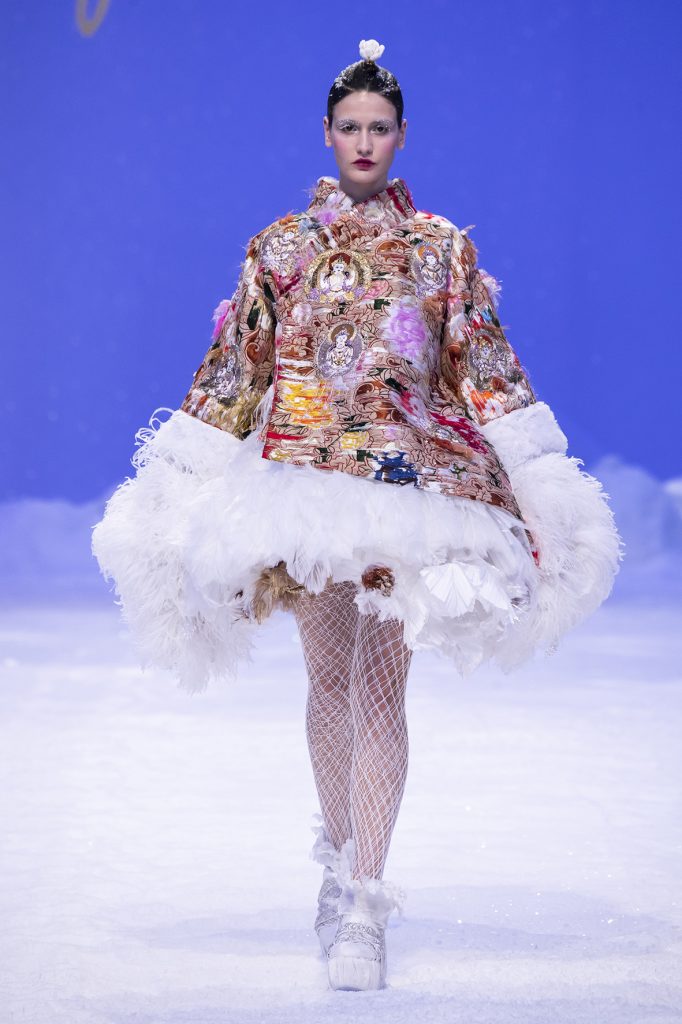
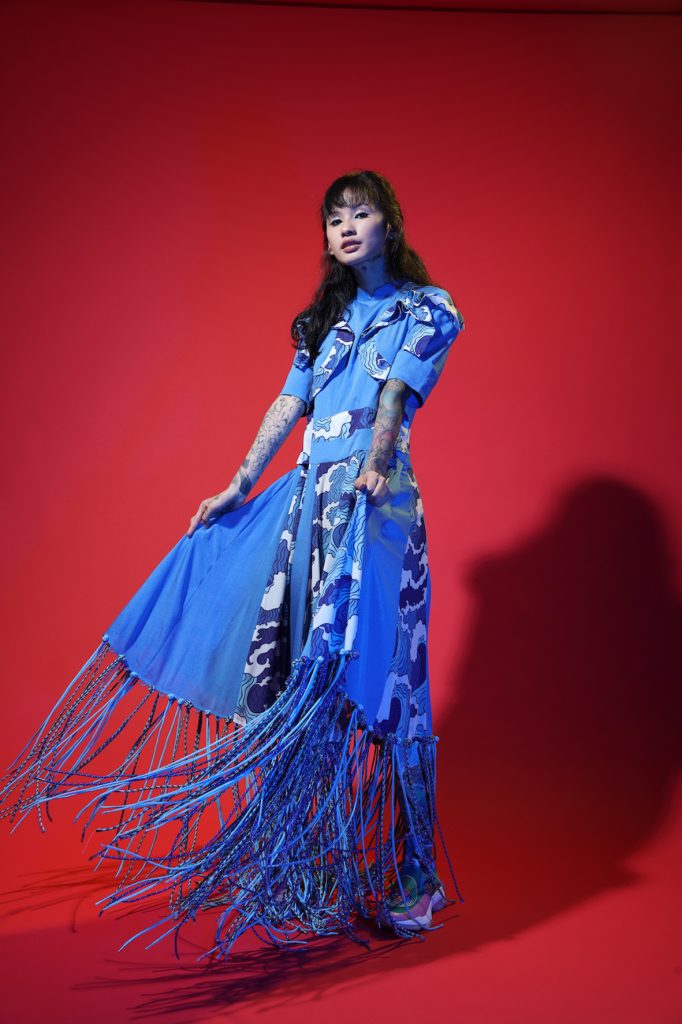
A New Era
Contemporary designers are redefining fashion legacy with inventive approaches. They are exploring unconventional materials like denim, leather, suede, PVC, and latex alongside timeless fabrics such as silk, cotton, and lace. These interpretations often feature contemporary cuts and subtle nods to classic silhouettes and details. Many designers with Hong Kong roots are delving into the rich history of the Cheongsam. At Qipology, Julie Liu offers bespoke Cheongsams crafted in her Hong Kong studio. In 2019, entrepreneur and designer Karen Chan introduced Sparkle Collection and Sparkle by Karen Chan, giving a modern twist to traditional styles. Similarly, Polly Ho and Alex Wong, founders of Loom Loop, incorporate the artistry of classic tailoring into their creations.
Leading international brands have also shown their love for the Cheongsam heritage, including Shanghai Tang, founded by Sir David Wing-Cheung Tang KBE, Self Portrait by designer Han Chong, and Guo Pei with her boutique in Paris. These brands also contribute to preserving the cultural significance of this legendary attire.
The Cheongsam’s enduring appeal among both emerging labels and established fashion houses highlights its timeless charm. Its evolution not only honours tradition but also reflects the continuous blend of heritage and innovation in global fashion.
More information
www.loom-loop.com
www.self-portrait.com
www.sparklecollection.co
www.qipology.com
www.guopei.com
www.dior.com
All featured images are requested, copyright from the brands
Published in Dutch in China NU+ e-magazine, June 2024
